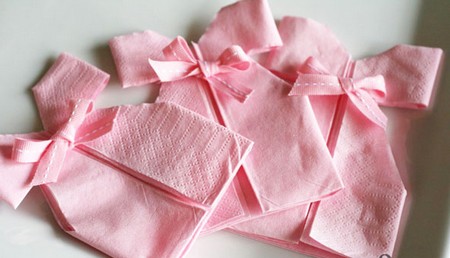Babies pass urine frequently and should never be left in a wet napkin. Some babies pass urine at regular times but most do not. Every time you change the napkin you should wash the buttocks with soap and water, or with baby lotion, if preferred. You should then dry them well and apply a protecting and soothing baby cream before putting on a clean napkin.
Stools
Before a baby is born its gut is full of a dark green sticky material called meconium. This is passed within a few hours of birth and continues for about three days, after which time it becomes light brown in colour and is known as changing stool. On about the fourth or fifth day the stool takes on a curdy bright yellow appearance. Breast-fed babies continue to pass soft stools, while bottle-fed babies pass stools which are more solid and formed, smell more like ordinary stools and are usually passed less frequently than those of the breast-fed baby. Once weaning commences, the stools change again, becoming still darker in colour and firmer.
Napkin rash
In certain circumstances the baby’s buttocks may become red and sore. It is important to change napkins frequently, to wash and dry the baby’s buttocks carefully, and to rinse out napkins adequately every time. Diarrhea may also be a cause of sore buttocks. The application of a soothing cream, such as zinc and castor oil cream, helps to protect the skin with a waterproof layer while soothing the sore area. If none of these precautions seems to make any difference, you should seek the advice of the family practitioner or health visitor.
Types of napkin
The main decision is whether to use washable napkins or disposable ones. There are advantages and disadvantages associated with both.
The basic washable napkin is usually a terry towelling square, quick-drying but highly absorbent when folded to the baby’s shape. Muslin squares can be used for very new babies and as napkin liners later on. Disposable “one way” napkin liners are now more commonly used, however: they let urine through in one direction only and so protect the baby’s skin.
Disposable napkins are absorbent pads with plastic backs. They are less absorbent than washable napkins, but they are certainly convenient if washing or drying facilities are limited. No napkin liners or plastic pants are necessary. Brands differ in their shapes, so find the most suitable.
Plastic pants
Plastic pants are usually used with towelling napkins. Although plastic pants are effective in keeping moisture off clothing, they tend to encourage redness and soreness. Plastic pants become hard and unusable in time, but you can prolong their life by washing them in warm water with a little washing-up liquid. Dry them away from direct heat.
